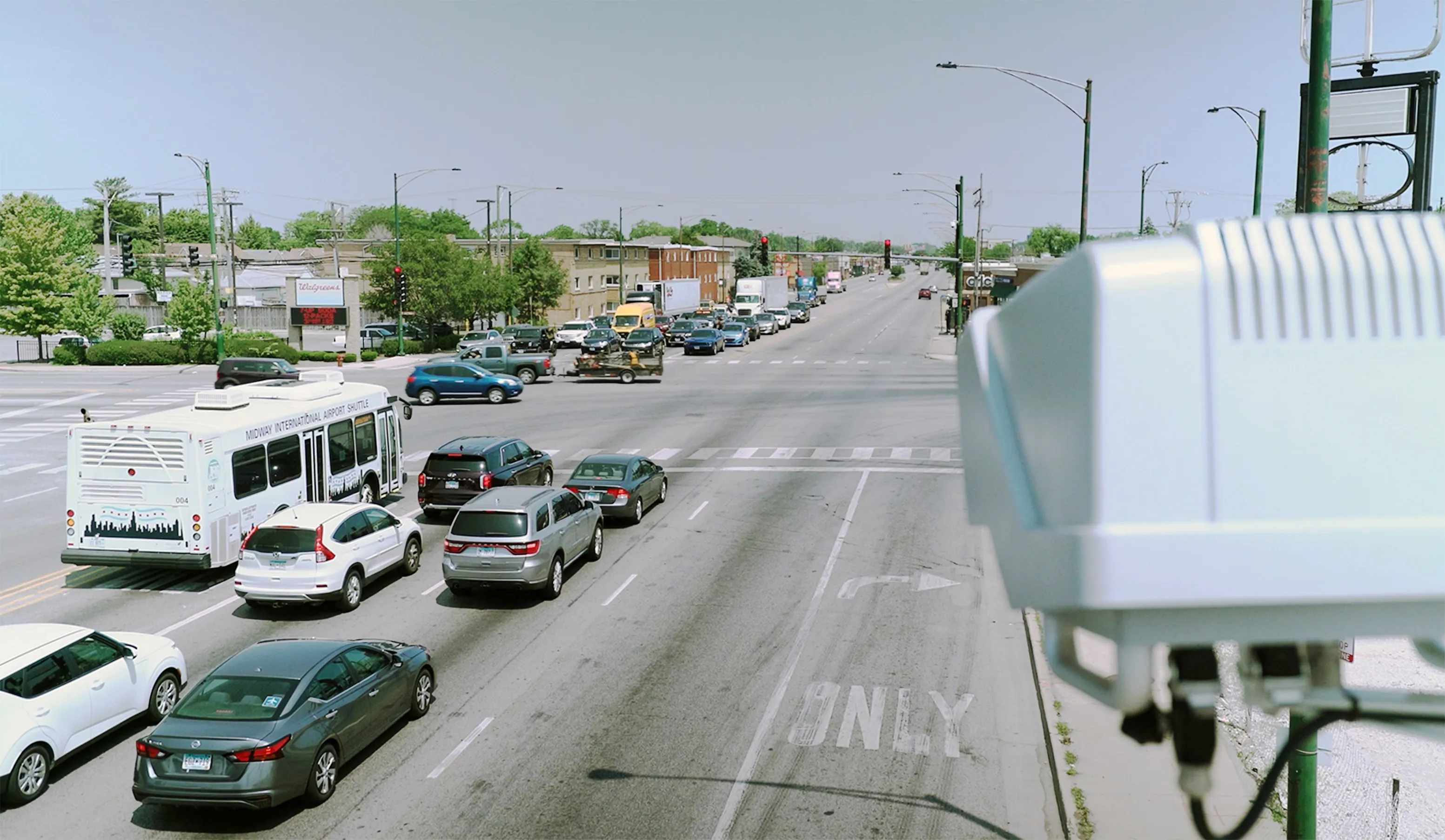Nexcom claims its in-vehicle computer, VTC 1010, provides the performance, reliability and scalability required to build a connected vehicle that can address the needs of fleet management.
Based on the Intel Atom processor E3800 product family, VTC 1010 features a wide operating temperature range, dual WWAN and SIM, built-in GPS with optional dead-reckoning, intelligent vehicle power management and four mini-PCIe expansions. VTC 1010 can deliver the telematics technology for real-time voice and data com
December 4, 2013
Read time: 1 min

Based on the
Integrated Intel Gen 7 graphics enable VTC 1010 to address different computing needs while providing stereoscopic 3D and full HD video playback capabilities to enhance the in-vehicle infotainment experience. The system-on-chip (SoC) architecture of the processors ensures a fanless design with wide operating temperature of -30 to 70 degrees Celsius and a compact form factor for use in harsh vehicle environments.










